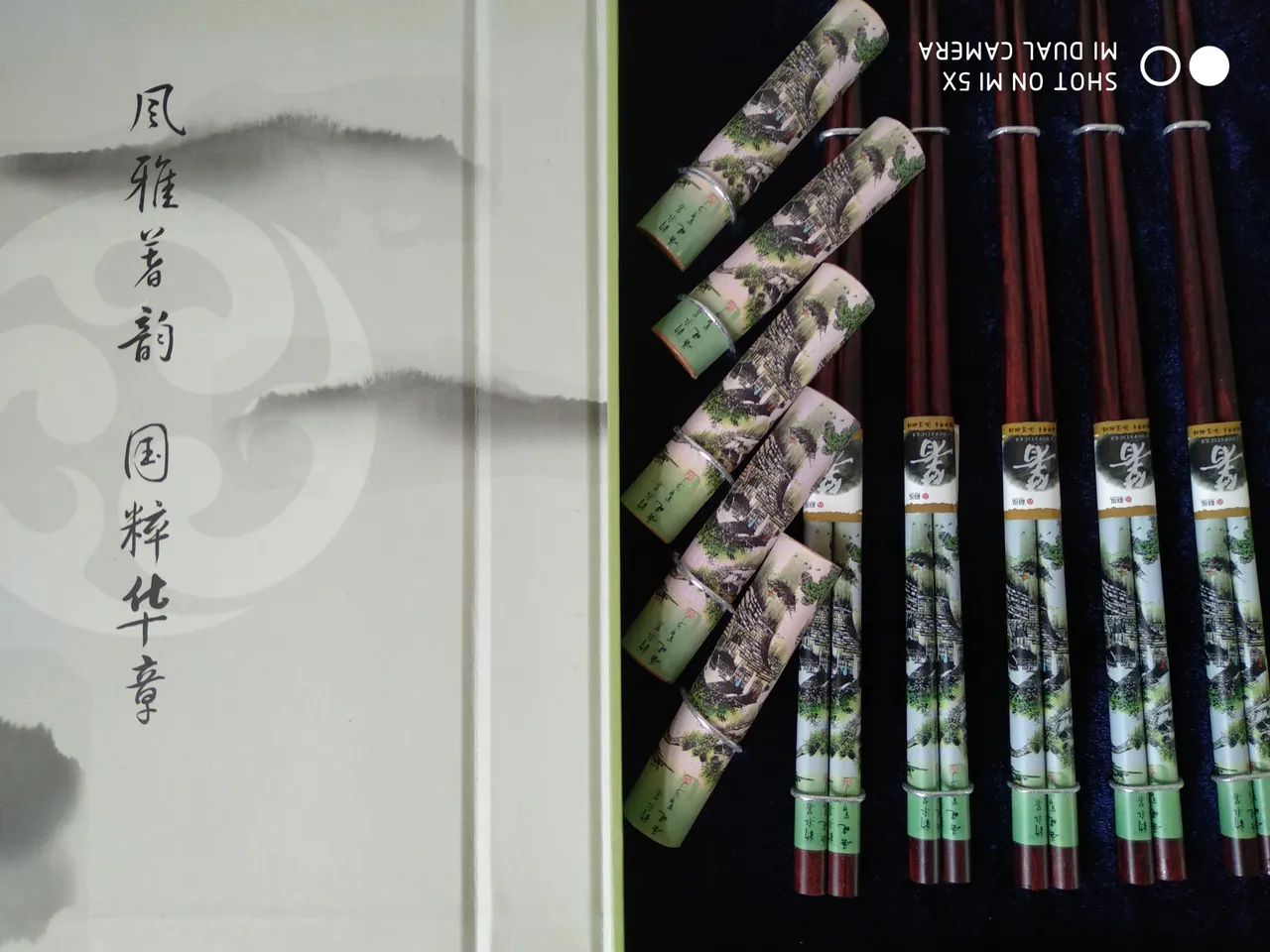 Using ‘mouth luck’ to reverse a taboo may be done through associating words with their homophones (homo=same; phone=sound). It may also be done through the use of antonyms (anti=opposite; onym=name) of taboo words. A classical example of making use of antonyms is the renaming of chopsticks. Originally, chopsticks were called 箸. As you can see, the parts of this character reflect what it is: the head is a kind of a pictogram (picto=picture; gram=written sign) representing bamboo, the body is a character meaning ‘the thing’ or ‘the person'. Together, 箸 means ‘the bamboo thing’ which is exactly what chopsticks have been traditionally: something made of bamboo. However, 箸 sounds the same as 住,which may mean ‘stop or be stranded’. It is not something desirable, right? To get rid of this undesirable association, people started using 快 ‘fast’, the antonym of 住, for chopsticks. In writing, people also added the bamboo head to 快,thus now we have 筷 for chopsticks. Most people do not even know 筷 was once 箸. If you think more carefully about 筷, you start wondering why under the bamboo head, there is this character meaning 快 ‘fast’. ‘Fast bamboo’??? Come on! It does not make sense, does it?
Using ‘mouth luck’ to reverse a taboo may be done through associating words with their homophones (homo=same; phone=sound). It may also be done through the use of antonyms (anti=opposite; onym=name) of taboo words. A classical example of making use of antonyms is the renaming of chopsticks. Originally, chopsticks were called 箸. As you can see, the parts of this character reflect what it is: the head is a kind of a pictogram (picto=picture; gram=written sign) representing bamboo, the body is a character meaning ‘the thing’ or ‘the person'. Together, 箸 means ‘the bamboo thing’ which is exactly what chopsticks have been traditionally: something made of bamboo. However, 箸 sounds the same as 住,which may mean ‘stop or be stranded’. It is not something desirable, right? To get rid of this undesirable association, people started using 快 ‘fast’, the antonym of 住, for chopsticks. In writing, people also added the bamboo head to 快,thus now we have 筷 for chopsticks. Most people do not even know 筷 was once 箸. If you think more carefully about 筷, you start wondering why under the bamboo head, there is this character meaning 快 ‘fast’. ‘Fast bamboo’??? Come on! It does not make sense, does it?
More stories to come.